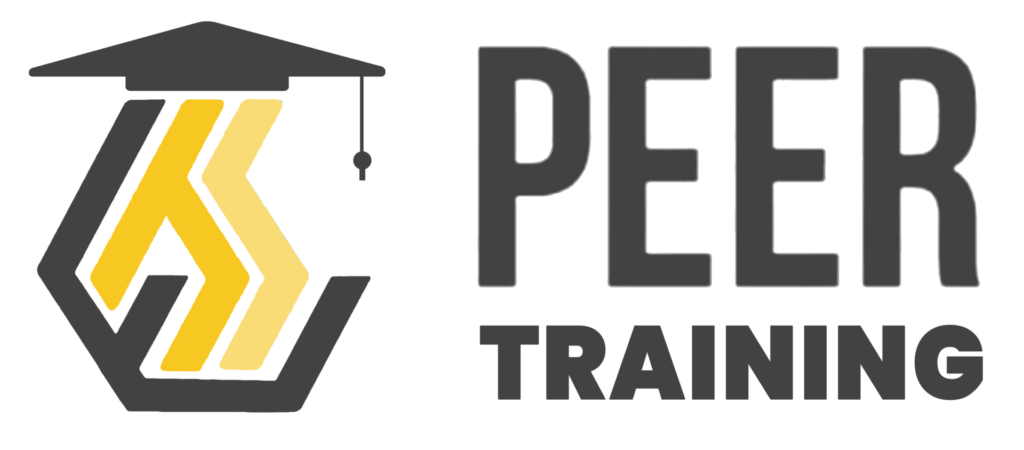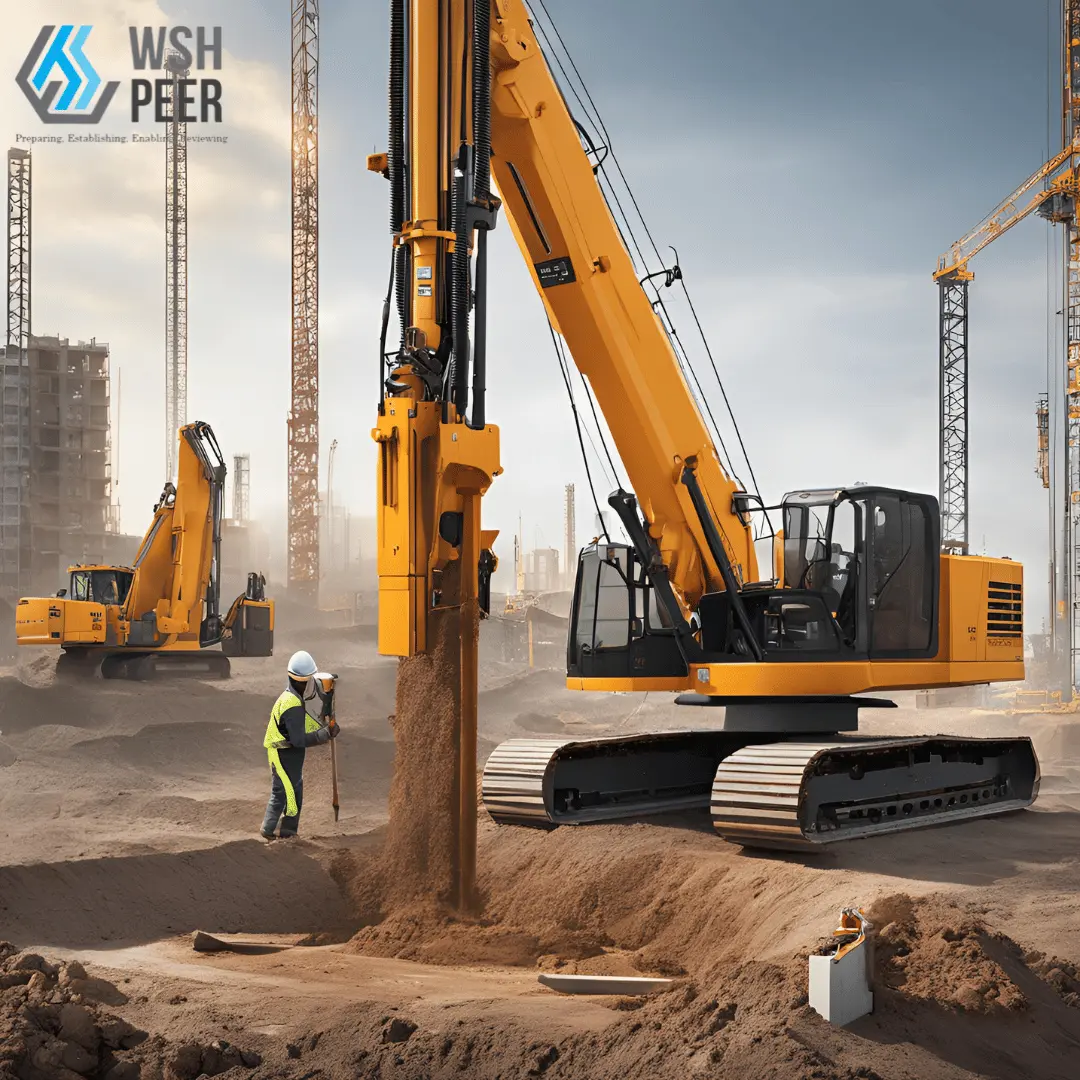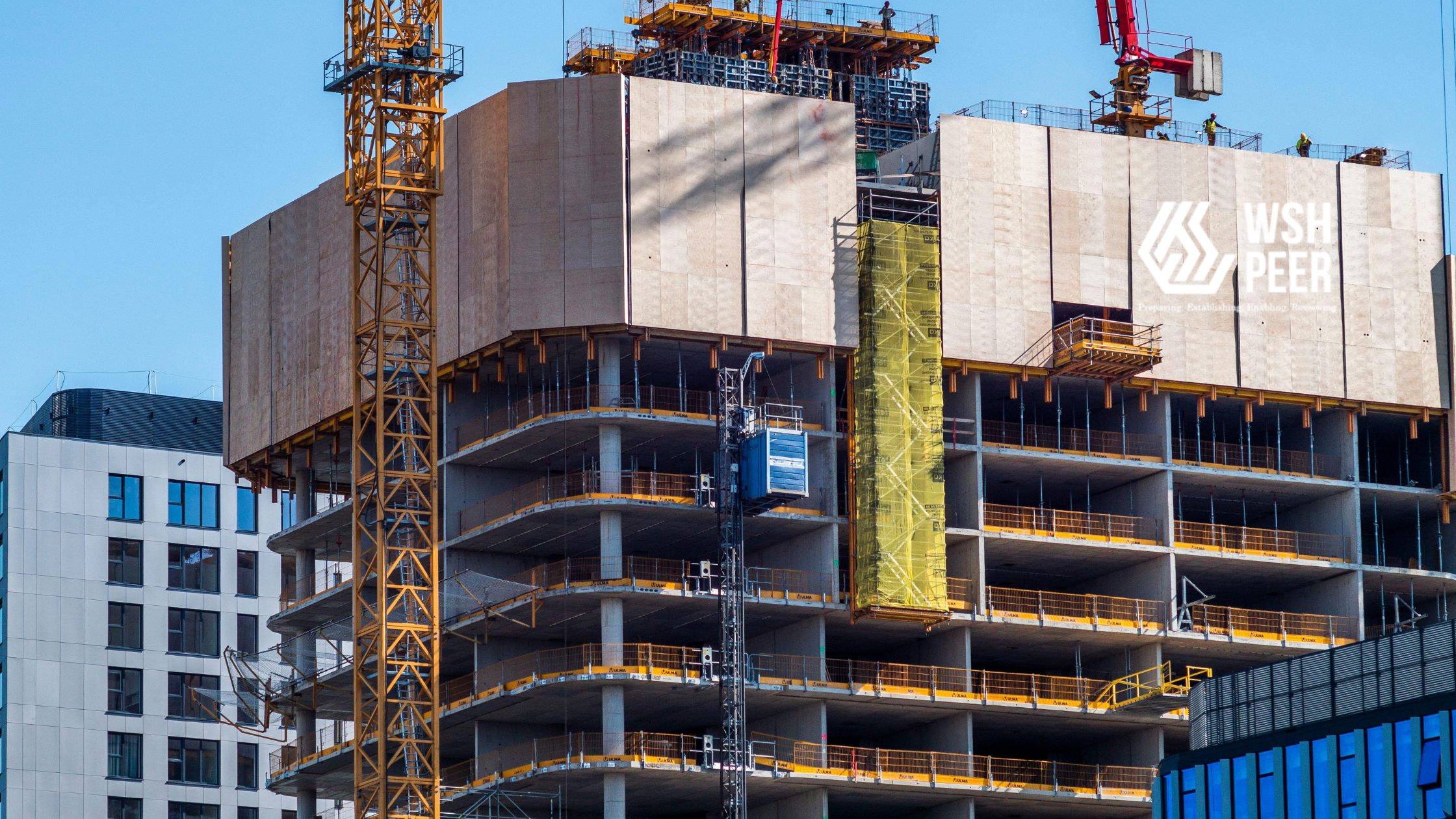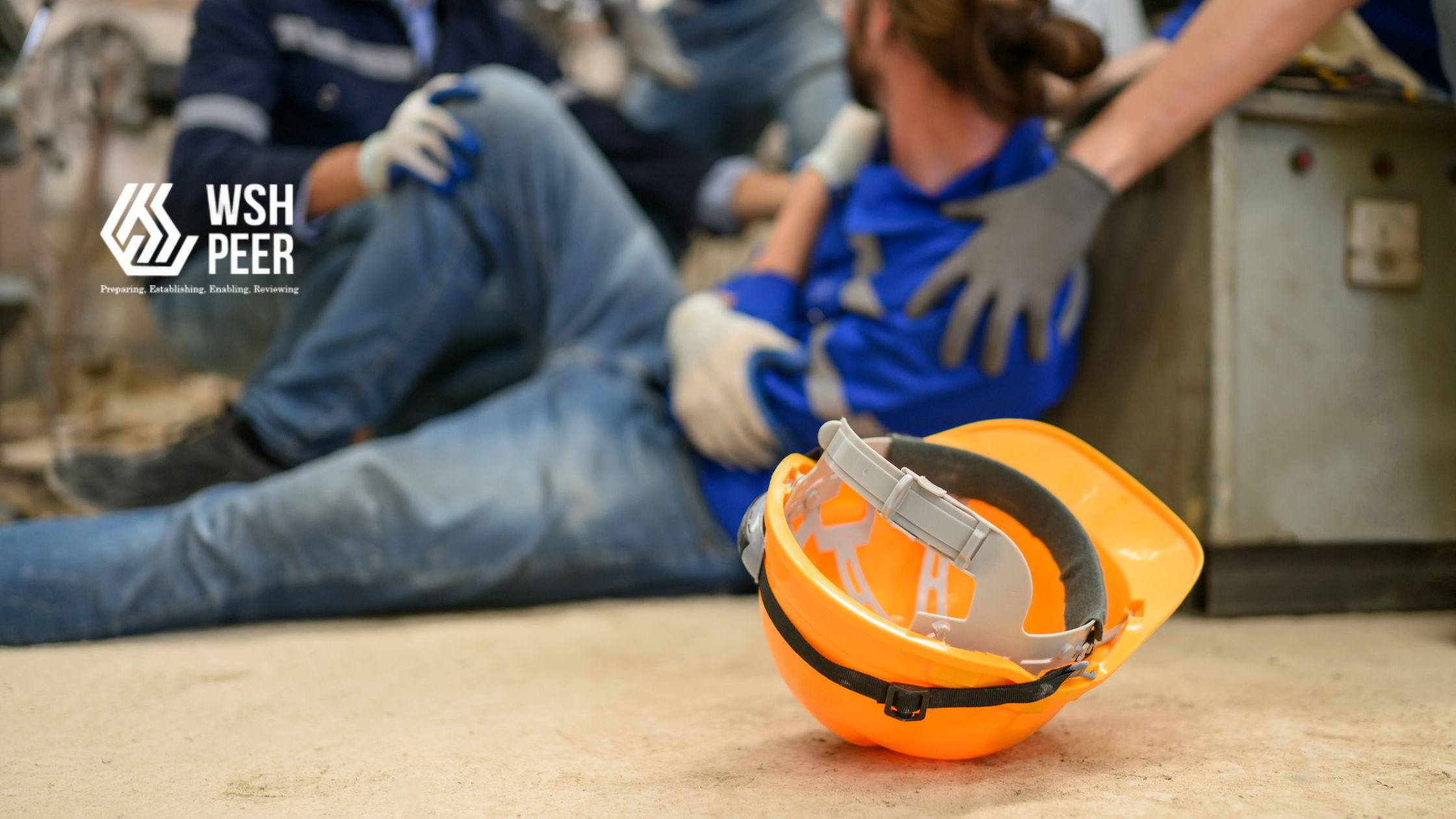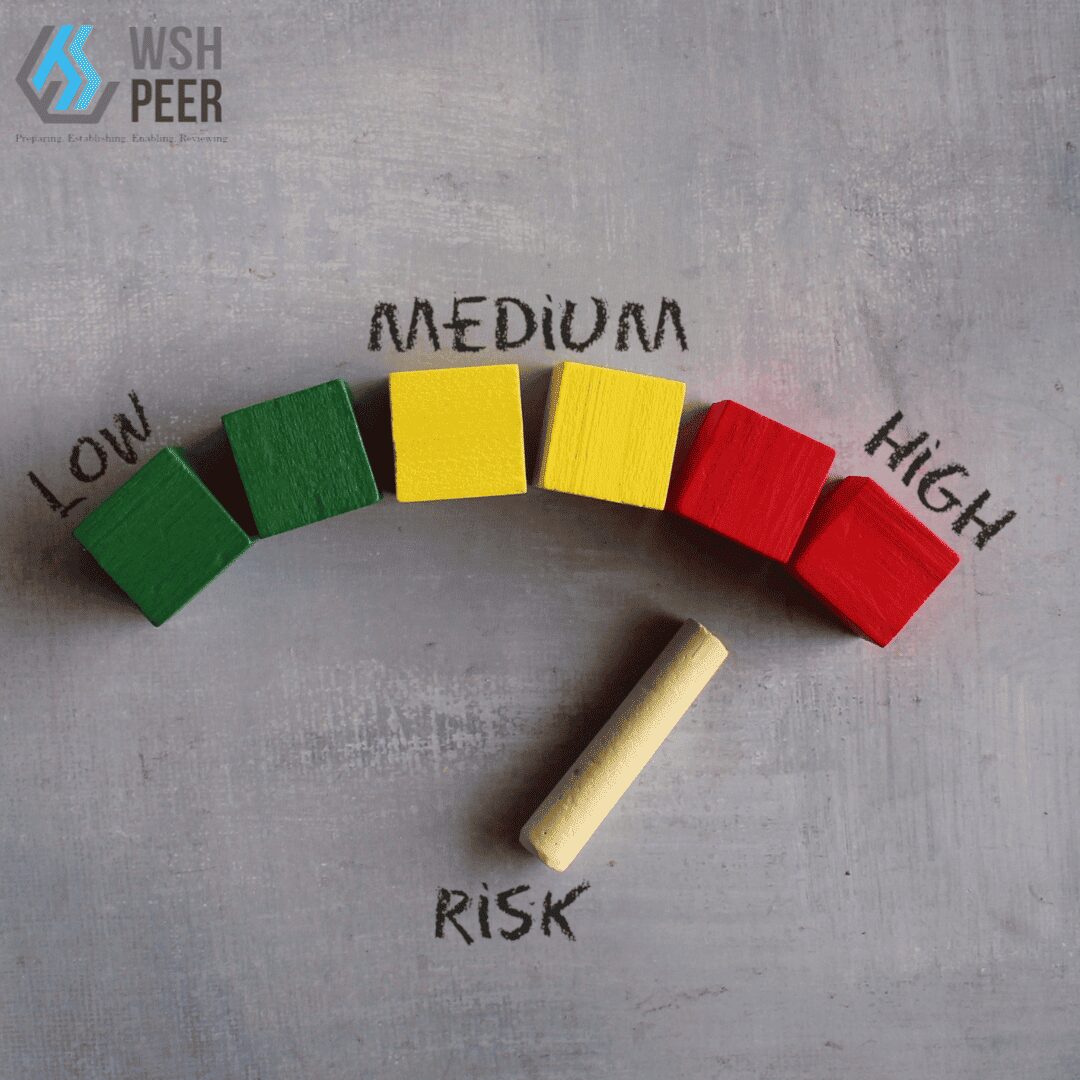What is Piling?
Piling refers to foundation elements driven or bored into the ground over a certain area to support and transfer loads to soil that is structurally weak due to its conditions. In simpler terms, piles are typically used when the soil’s bearing capacity is insufficient to support the weight of heavy construction. They transfer the load to more stable ground at a deeper level.
Pile foundations must be carefully designed based on soil and load conditions. They should be engineered to handle axial, shear, and bending stresses that can arise from the relative horizontal movement of the piles between different soil layers. Piles may also need to support uplift loads, especially when used in tall structures subject to overturning forces from wind or waves. In marine structures, piles face lateral loads from berthing ships and wave impact. Piles supporting retaining walls, bridge piers, abutments, and machinery foundations must handle a combination of vertical and horizontal loads.
Piling operation is one of the most crucial steps in construction, laying the foundation for everything that follows. But as essential as it is, it comes with its own set of challenges—especially when it comes to maintaining the stability of nearby structures. To keep everyone safe and the project on track, there are specific rules and responsibilities that need to be followed. This guide will walk you through the key safety measures and duties involved in piling work.
Supporting Adjacent Structures: The First Step in Safe Piling
Before you even think about starting piling work, it’s essential to make sure that any structures nearby are stable. This isn’t just about good practice—it’s a legal requirement. Whether it’s underpinning, sheet piling, or bracing, these supports need to be carefully designed by a professional engineer.
Here’s what you need to know:
- Get the Right Support: Ensure the structure is supported with the appropriate measures—underpinning, sheet piling, or bracing—based on the engineer’s design.
- Obtain Certification: Before proceeding, make sure that a certificate confirming the safety of these supports has been issued. This isn’t just a box to tick; it’s a crucial step in keeping the site safe.
The Engineer's Role: Designing for Safety
The professional engineer has a critical role in ensuring the safety of piling work. It’s not just about creating a design that looks good on paper; the design must be safe and practical for those on-site.
Key responsibilities include:
- Design with Execution in Mind: The engineer needs to ensure that the design can be safely executed by the construction team.
- Provide Detailed Documentation: All necessary documents—calculations, drawings, and construction procedures—should be handed over to the team to guide the work.
- Ongoing Safety Measures: The engineer must also think about the long-term safety of the structure, especially for workers who will be operating near it.
Daily Equipment Inspections
Safety in construction is all about routine checks, and piling equipment is no exception. Each day before work begins, a designated person must inspect the equipment to ensure it’s in top condition. Any issues must be fixed before the equipment is used.
When a pile driver isn’t in action, it still needs attention. The hammer should be either choked, blocked, or lowered to the ground to prevent accidents. It’s a simple but vital step in maintaining site safety.
Pile testing is a delicate process that requires careful supervision. A designated person must oversee the testing, ensuring all safety protocols are followed.
Important things to remember:
- Direct Supervision: The testing process must be supervised to ensure safety.
- Keep the Area Clear: Warn others to stay away from the pile test area, especially during loading and unloading.
- Restricted Access: Only those with specific instructions from the supervisor should be near the pile test area when tests are not in progress.
Before placing or advancing a piling frame, it’s crucial to check the ground. A designated person must inspect the area to make sure it’s firm and level. After placing the frame, another inspection is necessary to correct any issues and ensure stability.
Piling is a crucial part of construction, but it comes with its own set of challenges. At WSH PEER, we’re here to make sure your piling operations are not only compliant but also as safe as possible. With our detailed checklists and guidelines, you’ll have everything you need to ensure that your site runs smoothly and safely. Here’s how you can use these tools to keep your piling projects on track.
Digitize Your Workplace Safety
Simolify your WSH processes to stay compliant and audit-ready.Pre-Requisites
Before diving into piling work, having your paperwork in order is a must. This means getting the Letter of Appointment, setting up Safe Work Procedures (SWP), and completing a thorough Risk Assessment. These documents lay the groundwork for a well-organized and safe work environment, making sure everyone knows their role and the risks they’re managing.
Daily Checklist: Toolbox Meeting
Daily Toolbox Meetings are essential for a safe worksite. These meetings provide an opportunity to review the tasks for the day, discuss potential hazards, and ensure that everyone is aligned on safety procedures. WSH PEER emphasizes the importance of these meetings as a key element of proactive safety management.
Daily Piling Machine Checklist
Daily Piling Machine Checklist is crucial for documenting the inspection of the piling machine deployed on-site. This checklist, provided by WSH PEER, ensures that the machinery is certified and that the operating personnel are qualified. It also verifies that the operator has access to the machine’s manual.
The checklist covers a comprehensive inspection, including:
- Engine and hydraulic systems
- Travelling and electrical systems
- Limit switches, operating controls
- Structural components and brakes
Once the checklist is completed, it can be attached to a Permit to Work (PTW), ensuring that all necessary safety measures have been checked and documented. WSH PEER’s tools make it easier to stay compliant and safe.
Piling Operation Checklist
Piling Operation Checklist from WSH PEER is a detailed, three-part document that covers documentation checks, pre-operation inspections, and environmental considerations.
- Documentation Checks: Verify that permits from relevant authorities, maintenance records, and briefings on Health, Safety, Security, Environmental, and Risk Impact Assessment (HSSERIA) and Safe Work Procedures (SWP) are in order.
- Pre-Operation Inspections: Conduct a final check of all equipment, including machinery and safety gear like PPE. This also includes checks on access and egress routes for personnel and the storage of excavated materials.
- Environmental Checks: Ensure that vehicle washing facilities are in place, there’s no accumulation of excavated earth, and measures are taken to prevent water ponding.
This checklist must be assessed and approved before it can be attached to a PTW, ensuring that all safety and environmental protocols are followed. WSH PEER provides the resources to streamline this process, helping you to maintain a safe and compliant work environment.

